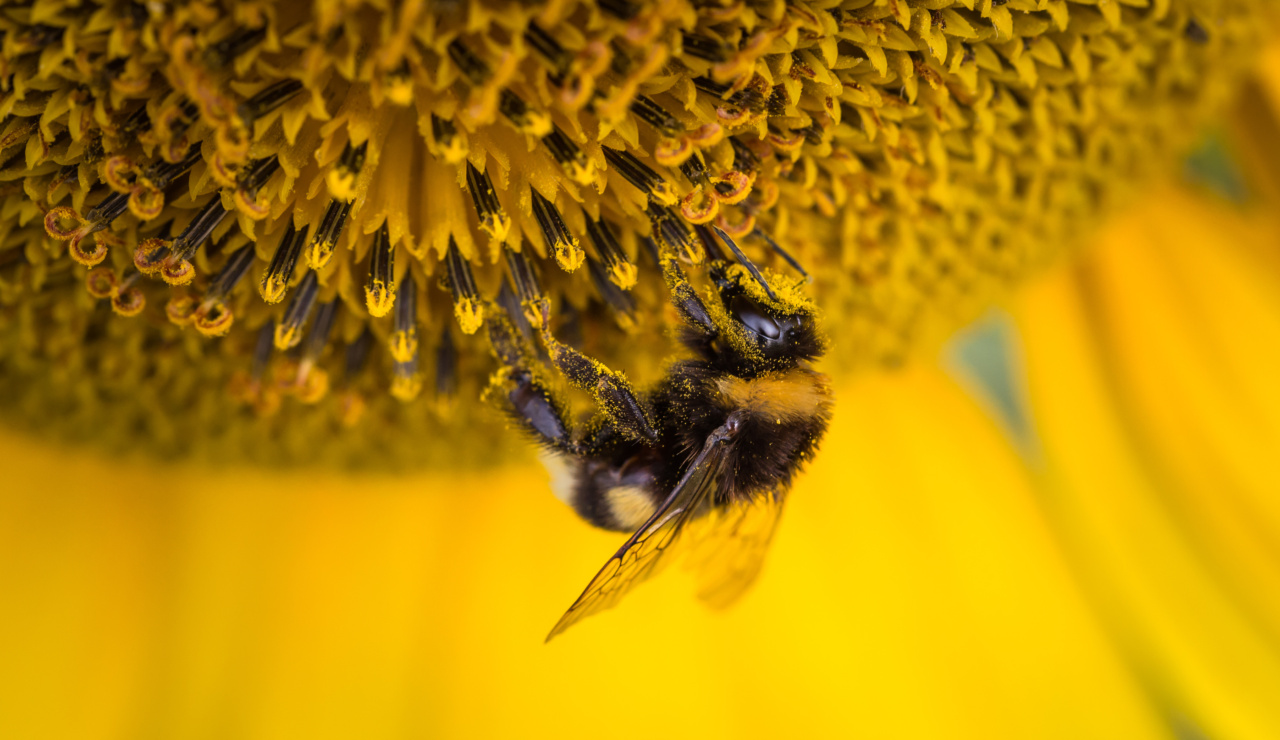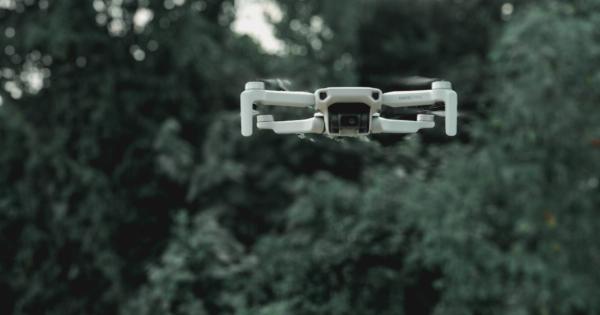Food hygiene is an essential aspect of our daily lives as it ensures that the food we consume is safe and free from any harmful substances. However, one common concern that often arises is the presence of a fly in our food.
Many people wonder if a fly in their food really matters and if it poses any health risks. In this article, we will explore the potential hazards associated with a fly in your food and the importance of maintaining proper food hygiene.
The Germs Flies Carry
Flies are known carriers of various pathogens, including bacteria, viruses, and parasites. These harmful microorganisms can contaminate your food when a fly lands on it or comes into contact with it. Some of the common pathogens that flies carry include:.
1. Salmonella
Salmonella is a type of bacteria commonly found in the intestines of animals. When flies land on food, they can transmit Salmonella to the surface, leading to food poisoning if ingested.
2. E. coli
E. coli is a bacteria strain that can cause severe gastrointestinal issues, including diarrhea, vomiting, and abdominal pain. Flies can transfer E. coli from fecal matter to food, making it potentially unsafe for consumption.
3. Staphylococcus aureus
Staphylococcus aureus is a bacterium that produces toxins causing food poisoning symptoms such as nausea, vomiting, and abdominal cramps. Flies are capable of carrying and spreading this bacteria, increasing the risk of contamination.
4. Parasites
Flies can also be carriers of various parasites, including tapeworms and roundworms. These parasites can be present on a fly’s body or in their digestive tract, making them potential sources of contamination when they come into contact with food.
Contamination Mechanisms
There are multiple ways in which flies can contaminate your food:.
1. Direct Contact
When a fly lands on your food, it can transfer pathogens from its body or legs directly onto the surface. Flies tend to frequent garbage cans, feces, and decaying matter, which makes them a likely carrier of harmful microorganisms.
2. Regurgitation and Defecation
Flies have a habit of regurgitating digestive enzymes onto food before consuming it. This process helps them break down solid food particles. Unfortunately, this regurgitation can introduce bacteria or other pathogens into your meal.
Similarly, flies also defecate on the food they feed on, further increasing the risk of contamination.
3. Carrying Pathogens on Their Bodies
Even if a fly does not physically touch your food, it can still contaminate it by carrying pathogens on its body.
Flies can pick up various microorganisms when they land on contaminated surfaces and transfer them to your food when they come into contact with it.
The Dangers of Consuming Contaminated Food
Consuming food contaminated with pathogens can lead to several health issues, ranging from mild to severe. Some of the risks associated with consuming contaminated food include:.
1. Food Poisoning
Food poisoning is one of the most common consequences of consuming contaminated food. Symptoms of food poisoning include nausea, vomiting, diarrhea, abdominal cramps, and fever. In severe cases, it may even require hospitalization.
2. Gastrointestinal Infections
Contaminated food can cause gastrointestinal infections, characterized by symptoms like diarrhea, stomach pain, and bloating. These infections can severely disrupt daily life and may require medical intervention.
3. Spread of Diseases
Some of the pathogens carried by flies can lead to the spread of diseases such as typhoid, cholera, and dysentery. These diseases can be dangerous and, in some cases, even life-threatening.
Prevention and Food Hygiene
To minimize the risk of consuming food contaminated by flies, it is crucial to follow proper food hygiene practices. Here are some preventive measures:.
1. Covering Food Properly
When storing food or eating outdoors, ensure that all food items are covered. This precaution will help keep flies away and prevent them from landing on your food.
2. Maintaining Clean Surroundings
Regular cleaning of your surroundings, especially the kitchen and dining areas, is essential. Flies are attracted to unclean environments, so a clean space can discourage their presence.
3. Proper Waste Disposal
Dispose of waste properly in sealed bins to prevent attracting flies. Flies are often drawn to decaying matter, so keeping waste tightly sealed will reduce their presence.
4. Using Screens and Nets
Installing screens or nets on doors and windows can act as a barrier, preventing flies from entering your living and dining spaces. This simple measure can significantly reduce the chances of them contaminating your food.
Conclusion
In conclusion, a fly in your food can indeed matter, as it poses a potential health risk due to the pathogens they carry. Consuming contaminated food can lead to various gastrointestinal issues and the spread of diseases.
Therefore, it is crucial to maintain proper food hygiene practices and take preventive measures to minimize the chances of flies contaminating our meals. By following these guidelines, we can ensure that the food we consume is safe, healthy, and free from any undue risks.






























